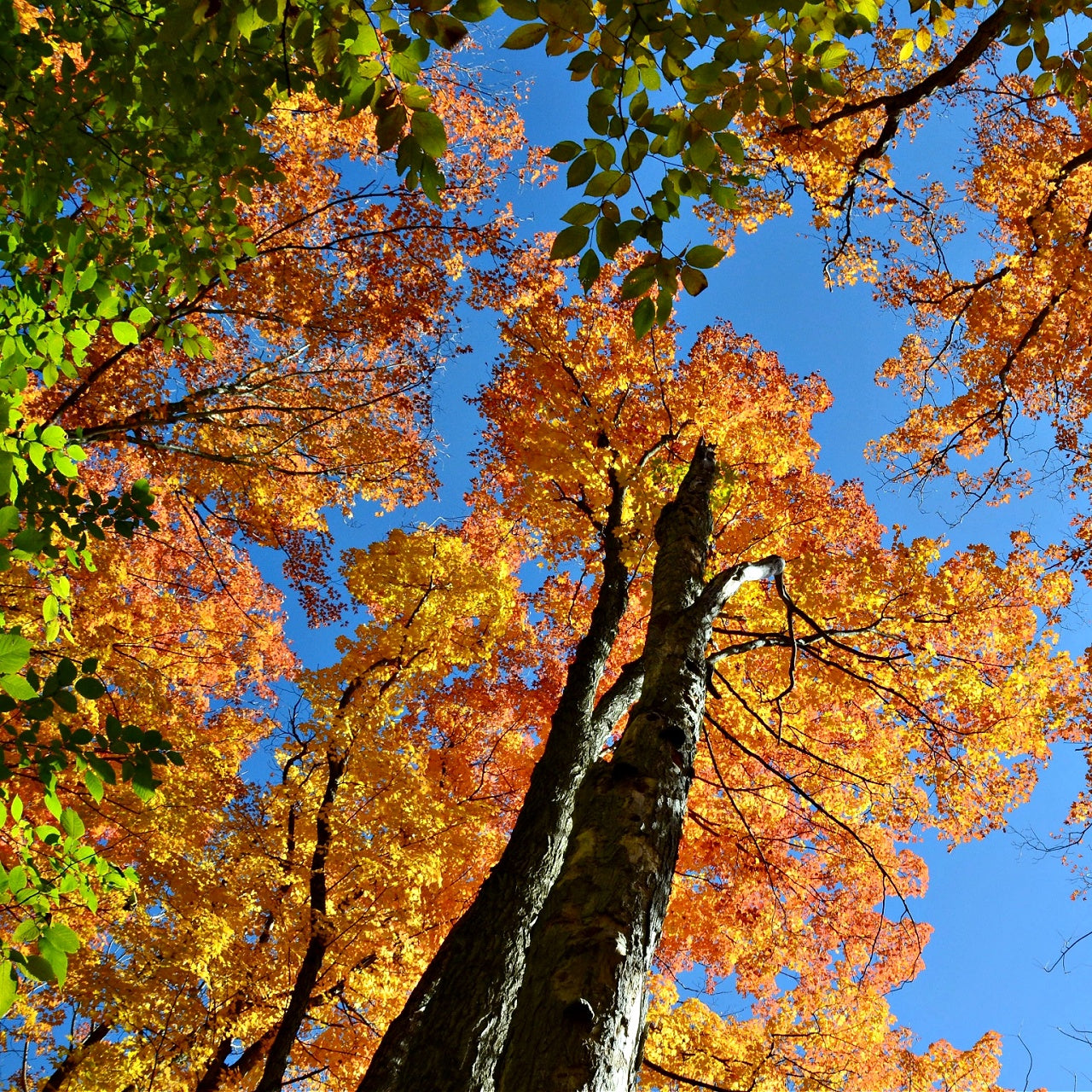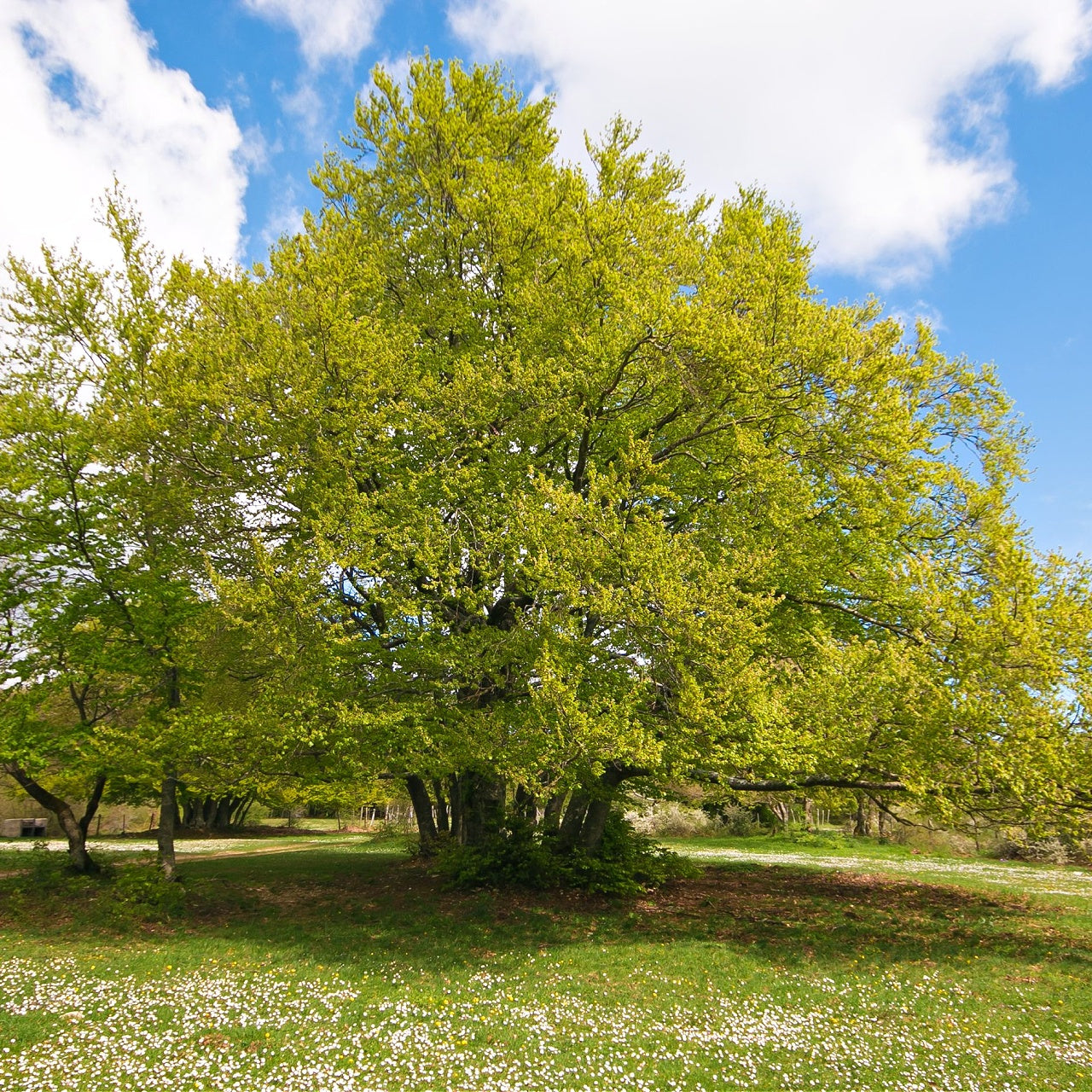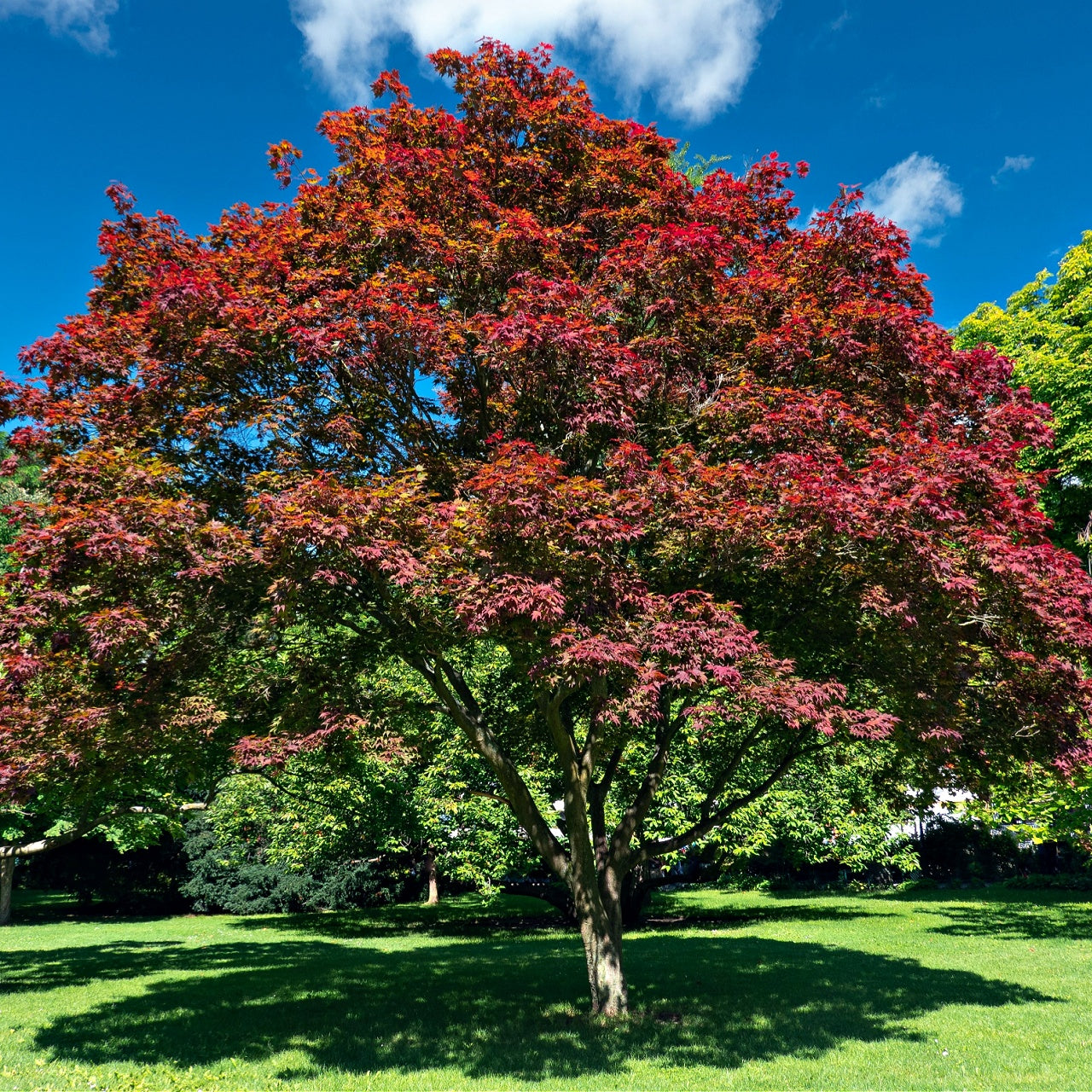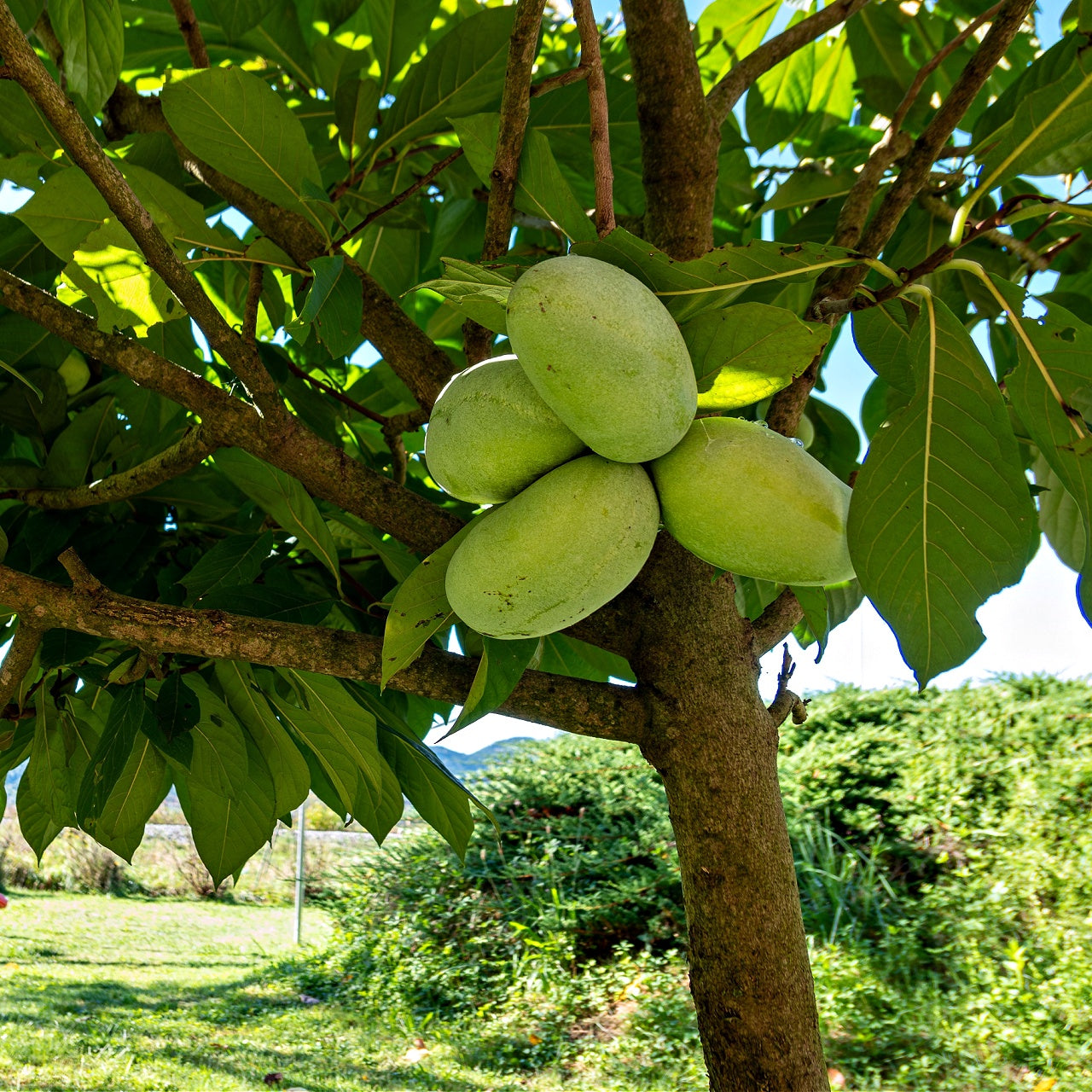
Shrubs In Landscaping
Shrubs In Landscaping
4 Ways To Choose Shrubs For Landscaping Designs
Shrubs offer property owners the most excellent landscaping flexibility of any plant life. Varieties include substantial greenery, ornamental blooms, and certain shrubs that can infuse your grounds with sweet fragrances.
While the value of including forsythia plants, hydrangeas, and burning bushes, among others, cannot be understated, employing shrubs in your landscape requires some forethought and keen decision-making. The same flexibility that renders shrubs invaluable to a Tennessee landscape makes them increasingly complicated. As experienced plant nursery professionals, we hope the following information helps you choose the right shrubs to enrich your landscape.
When & Where To Plant Shrubs For Landscape Designs
Shrubs generally thrive when planted during early spring and fall. These seasons allow them to establish firm root systems. Although it may seem logical to plant during summer, the sometimes intense heat can harm a shrub’s health. If you need to grow during the dog days of summer, take proactive measures to ensure the shrub gets adequate water and care.
Property owners should consider the plant’s full maturity when deciding on a shrub. Although varieties such as forsythia plants may seem relatively modest when you purchase them, they can achieve a height of 10 feet and spread upwards of 12 feet. While annual pruning can keep them from overgrowing a space, options such as burning bushes might be more suitable at 4-8 feet tall and wide. In other words, it makes sense to consider whether you want the shrub to seamlessly fit into a space or prune it back to a thickening stalk each year.
The time a shrub blooms also ranks among the top placement considerations. Some shrubs bloom for short periods, while others produce new flowers continuously. These differences should be accounted for in terms of placement because some spend more time providing greenery to an area than showing off exciting colors. It may be worthwhile to weigh this element when positioning a shrub.

Use Shrubs To Form Privacy Hedges
Many homeowners find six-foot privacy fences unappealing. These tall wooden or plastic-based structures fail to enhance the landscape. Contrastingly, the strategic placement of shrubs that intertwine to form a boundary line delivers privacy and aesthetic value. These rank among the most common shrubs employed in this fashion.
Privet Plants: These shrub varieties can reach 12-15 feet high, but landscapes usually manicure them to create finely defined boundaries. Presenting soft white flowers against abundant dark green leaves, Privet Plants remain popular for front and backyard boundaries.
Spirea Plant: These shrubs can reach 10-20 feet and offer gorgeous sweeping white flowers across their arching branches. When planted close together, they form a lush, colorful privacy wall that acts like a butterfly magnet.
Maple Leaf Viburnum: Growing to 4-6 feet tall, these shrubs can form thick hedgerows. They deliver sizable white cluster blooms during warm weather months and add soft pink, rose, burgundy, and purple leaves to the fall foliage. Many consider them a low-maintenance option.
These shrubs highlight that landscaping involves personal decisions about greenery and color. Some people like green hedges because they do not distract from other elements, and some enjoy splashes of color along the perimeter.
Plant Shrubs To Strategically Infuse Color Into Landscapes
Certain shrubs help integrate color in lackluster spaces. For example, house corners that call for color at heights make blooming shrubs a perfect choice. Also, areas such as outbuildings and low walls look more robust when adding hydrangeas and forsythia plants, among others. These rank among the popular shrubs that add color.
Witch Hazel Tree: This deciduous shrub infuses yellow blooms, grows 1-2 feet annually, and can reach 10-25 feet.
Crepe Myrtle Plants: This standalone shrub offers white, purple, or red blooms that can last for 120 days.
Golden Bell Forsythia: Flowering in early spring and late fall, it matures to 9-11 feet, and its yellow flowers evolve to a golden hue.
Burning Bush: Maturing to about 8 feet, its spring leaves couple with small yellow flowers and red berries. The green leaves evolve into a stunning red come fall.
Wisteria Plant: This shrub adds impressive blue and purple hues and ranks among the most sought-after for landscaping. Some varieties also infuse the landscape with a sweet fragrance.
Pink Weigela Bush: Known for its eye-catching pink and dark purple flowers, it matures 6-10 feet high and wide.
Other popular varieties used to infuse color at our TN nursery include Sweet Shrub, Spiraea Van Houtte, Flame Leaf Sumac, Red Chokeberry Plant, Red Osier Dogwood Bush, and Coral Red Dogwood.
Deploy Shrubs To Accent Low Fences & Hardscapes
Some shrubs naturally add texture by contrasting fences and hardscape elements. This landscaping strategy typically leverages shrubs to create a sense of depth by placing them in the foreground or background or meshed with items such as low fences. Popular accent plants generally include the following.
Rose Of Sharon: This hardy hibiscus presents soft pink or bluish flowers and remains a darling for low-fence and hardscape accents.
Arrowwood Viburnum: This low-height green shrub with white flowers offers a subtle contrast to rock gardens and along walkways.
Although these are among the popular ways that shrubs add value to landscapes, their flexibility opens the door for many other creative uses. Your property can enjoy the natural beauty you deserve by considering your taste in flora, landscape specifics, and shrub growth.
Sourcing Shrubs from the Wild
Collecting wild shrubs becomes fulfilling when you aim to restore native gardens, introduce uncommon plants to your yard, or increase your understanding of botany. Collecting wild shrubs mandates responsible actions that adhere to legal guidelines while maintaining ecological stability. These guidelines demonstrate how to locate wild shrubs responsibly while protecting environmental integrity.
Begin your collection by studying the area's local regulations and property ownership details. All visitors to national forests and protected reserves must adhere to rules that require plant gathering permits or ban harvesting entirely to preserve biodiversity. State and local parks implement specific regulations that manage how native plants can be removed. Illegal removal of shrubs can trigger fines and citations while creating ecological disturbances. Public land collection activities require permits to legally gather seeds or plant materials, including cuttings and whole plants in many cases. Contact local land management agencies like the Bureau of Land Management or your country's environmental authority to understand the rules if you need clarification before proceeding.
Next, consider private land opportunities. You can collect shrubs from their land with permission from friends or relatives who own extensive properties. Landowners who aim to make space for new plantings by removing specific species might welcome your help in discarding unwanted plants. Create a basic written agreement to obtain harvest permission whenever possible, detailing the plant material type and quantity. This arrangement avoids confusion and guarantees that all parties understand the extent to which plant material collection is allowed.
When selecting shrubs, practice sustainable harvesting techniques. Limit your collection to a small amount of available plants while preserving enough specimens to support the population's sustainability. Choose to collect entire shrubs of abundant species instead of those rare or threatened. Transplanting shrubs during the dormant season in late fall or early spring is best because they experience less stress from heat and active growth. The chances of successful transplantation into your landscape improve when you follow this method. Use sanitized pruning tools when taking cuttings to prevent disease and choose mature, healthy plant sections.
Collecting seeds or ripe berries that have fallen naturally from the parent plant offers a low-impact solution for acquiring wild shrubs. The home germination enables you to start growing native plants from the beginning. The native shrub population remains undamaged from seed collection when you gather seeds minimally and treat them properly.
The optimal locations for shrub searching differ according to the ecological conditions of the area. Native shrub species can be found in woodlands, savannas, and open meadows. Look for pioneer shrubs in abandoned field edges and roadside areas in disturbed environments. Just be cautious about invasive species: The multiflora rose and buckthorn plants often take control of disturbed spaces within specific regions. Ensure the shrub you harvest is native to the area or supports local ecosystem health.
Wild shrub sourcing requires an equilibrium between scientific exploration and environmental responsibility. Obeying local laws and collecting responsibly improves your garden while safeguarding native plant populations. Mindful research and sustainable harvesting allow you to enhance your garden with new plants and build a stronger bond with the surrounding natural environment.






